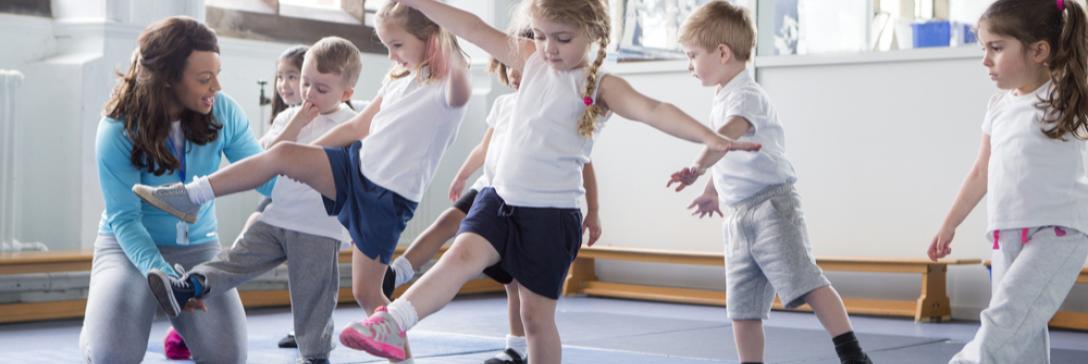Blog: Supporting Transitions

Transitions are an every day part of our lives. We often go through transitions without realising, using a range of skills to take us through the process.
Babies and young children are in a continual cycle of transition e.g. babies move from lying on their back to rolling over, from sitting up to crawling or walking and young children go from using gestures to communicating their wants and needs. As children grow, each transitional change to their body and development varies, the process of this change and how to deal with it differs e.g. when moving into a new room within the childcare setting or when moving on to school. This is also the case for older children: they may be moving to senior school or no longer attending nursery and going to a new after school club. With the Childcare Offer for Wales being piloted, new children may be starting in your setting that haven’t ever been in a childcare setting, so supporting transitions is very important.
Be supportive – Supportive adults, having a secure role with a key person is an essential part of this process, providing an experience that is successful and positive. An important step during this change is for practitioners to consult with the children and parents who are going to be affected by this change so they understand what is happening and to promote a positive approach throughout the process.
Some types of transition that children may experience are:
- Stages of developmental progress i.e. learning to crawl, walk, talk.
- Moving into a new room or group within the setting.
- Change in family dynamics – separation/divorce of parents, new sibling/addition of step family members.
- Death of a family member or much loved pet.
- Making new friends or losing friends.
- Starting a new setting or school.
- Moving house (this can involve a number of new transitions e.g. new carer/new school/loss of supportive family members).
Find out……When new children start at your setting it is important for you to meet with the parents/carers of the child to find out as much information as possible about the child’s previous experiences and how much support they might need to settle into their new environment.
How do you support new arrivals? Are you flexible with your routines?
Top tips
Top tip no. 1 Create an ‘our families’ photo board that children can use to share family photographs. Make sure that it’s at the child’s level so that the child can look at the photographs throughout the day and talk about their family.
Top tip no. 2 Make a picture book all about your setting with photographs of the environment, members of staff and some of the activities the children like to play with. This book supports both the child and the parents and gives the family the opportunity to talk about the setting at home. This will also help to reassure parents as they too are experiencing change.
Top tip no. 3 If the children are starting in a local school you could set up a display of the school and ask their permission whether you could have some photographs of the reception classroom and the outdoor area and a picture of their uniform. This will enable your staff to talk to the children about their new school.
Top tip no. 4 When children are moving through to a new room / group / new setting ensure that the new and previous key person meet together for a full handover of the child’s likes and dislikes, stage of development, care needs and experiences they enjoy.
Top tip no. 5 Keep parents informed about the induction process and the differences that may occur in the new room, highlighting the benefits of this new change and how this will support the child’s development and learning journey.
Children going through transitions may be feeling anxiety, sadness, anger, depression or excitement. Practitioners should work with children and their families to provide a safe, secure environment to build their trust and develop a secure relationship that allows you to support their individual needs. Consultation with children, where possible ensures they will know and understand what is going to happen/when it is going to happen, this will develop their skills and help with a smooth transition.
